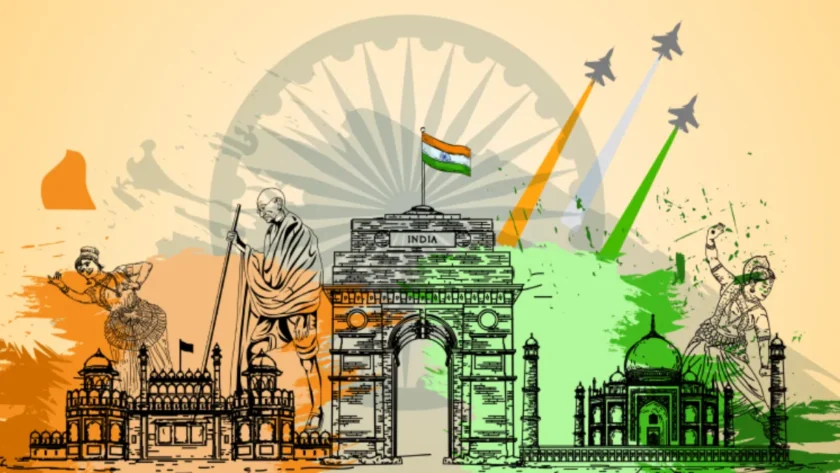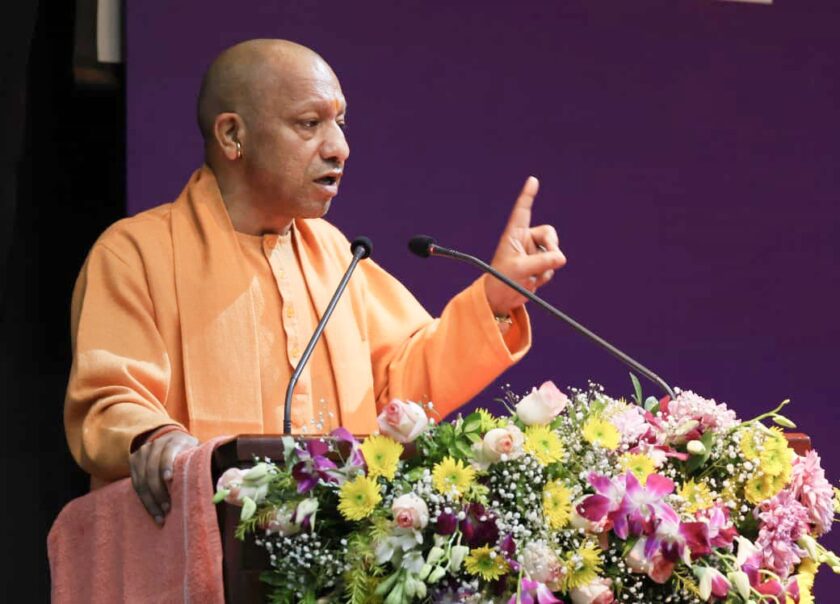Lucknow: Independence Day holds a special place in the history of Lucknow, much like in other parts of India. Notably, Independence Day has been significant for the city.
Lucknow was a key center during the Indian struggle for independence. The city was home to many freedom fighters who played crucial roles in the national movement. The 1920s and 1930s saw active participation from people in Lucknow in the Non-Cooperation Movement, Civil Disobedience Movement, and Quit India Movement.
The Lucknow Pact in 1916 was one of the most significant events associated with the city in the pre-Independence era, an agreement between the Indian National Congress and the All-India Muslim League. This agreement laid the groundwork for a united front against British rule.
In Lucknow, the first Independence Day on August 15, 1947, was marked with immense joy and celebration across Lucknow. Public buildings and homes were decorated with lights, and people took to the streets to celebrate the end of British rule.
Over the years, Lucknow has continued to celebrate Independence Day with great enthusiasm. The main event takes place at Vidhan Sabha (State Legislative Assembly), where the Chief Minister hoists the national flag, followed by cultural programs and parades. Various schools, colleges, and government institutions organize events to mark the day.
Cultural Legacy: The city’s deep-rooted cultural heritage often blends with Independence Day celebrations, making them unique. Traditional performances, kavi sammelans (poetry gatherings), and other cultural programs are held, reflecting the city’s rich history and love for the arts.
Modern-Day Celebrations:
Community Involvement: In recent years, there has been greater involvement from various communities in Lucknow, with local events, charity drives, and patriotic activities taking place across the city.
Reflection on History: Independence Day in Lucknow is also a day to remember the sacrifices made by freedom fighters from the region, including those from neighboring areas of Uttar Pradesh.

Lucknow’s connection to India’s Independence Day is a blend of historical significance and cultural celebration, embodying the spirit of freedom that continues to thrive in the city.
There are many such historical heritages in the capital of UP, Lucknow, which are related to the battle of the freedom struggle of 1857.
One of which is Chandernagar Gate. This building located in Alambagh is today known as Chandernagar Gate. This Chandernagar Gate is actually the door of Alambagh Kothi. This Kothi was built by Nawab Wajid Ali Shah of Lucknow for his Begum Alam Ara (Azam Bahu). Later, this kothi was destroyed in the freedom struggle, but its gate still remains.
Chander Nagar Gate has been an important part of the freedom struggle. After the Residency was seized, the British were entering the city through Alambagh.
A war took place between Maulvi Ahmed Ullah Shah and the British, in which the British were defeated. It is said that Sir Henry Havelock fell ill here, who died in Dilkusha. After death, he was buried in the cemetery located near Dilkusha. In the last phase of the First War of Independence, the British used this gate as a fort and many revolutionaries were hanged. After this it came to be known as Phansi Darwaza.
Some impressive buildings which were not a part of it were also damaged during the rebellion. This was done not by Indian fighters, but by British soldiers, who looted the buildings and caused heavy damage to them. The luxurious palace built for the queen came in handy to both Indian freedom fighters and British invaders.
Indian fighters used some of the buildings as military outposts to wage war against the oppressive British until September 1857. The EIC forces led by General Havelock finally took control of the palace and other places and converted it into a military hospital for the treatment of the wounded. The British General died at Dilkusha on 23 November and was buried here the next day. A mausoleum was also built here in memory of General Havelock by his relatives.





